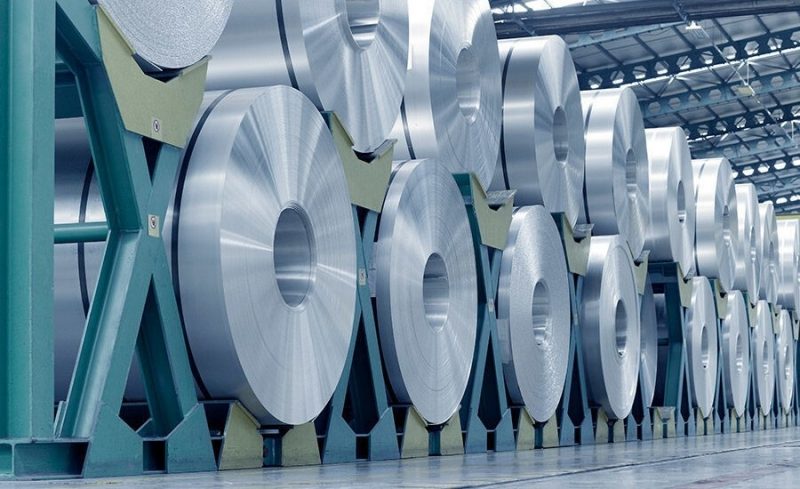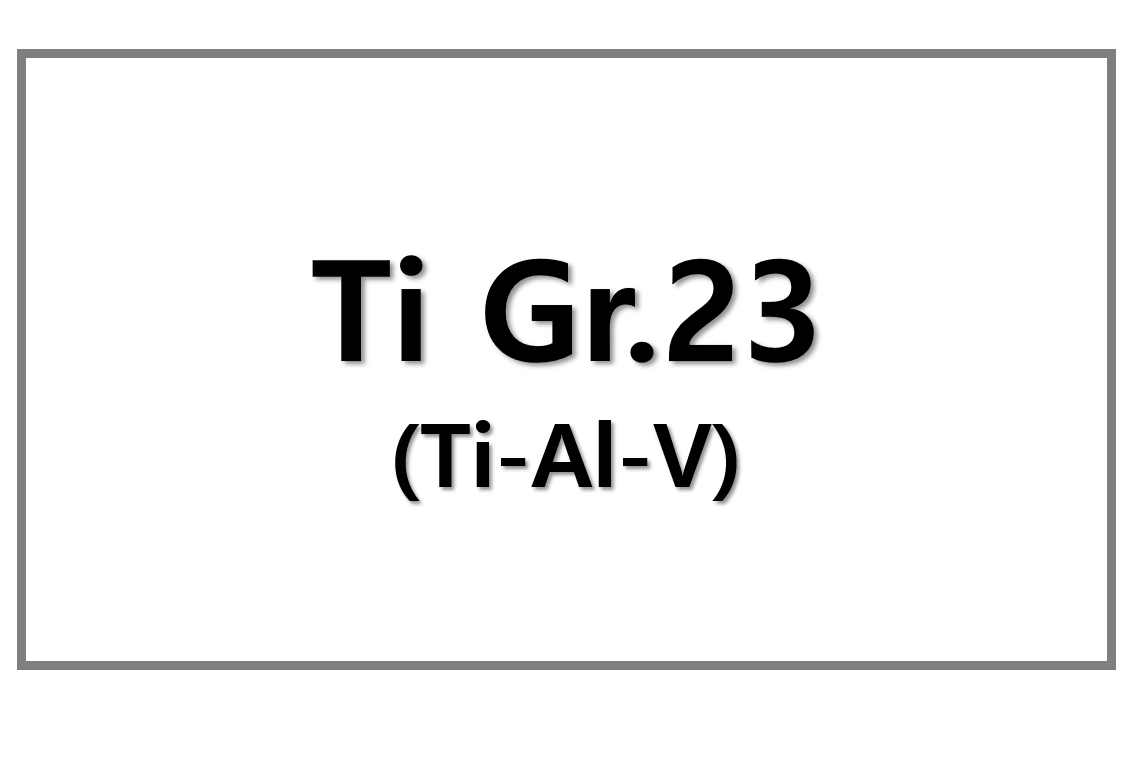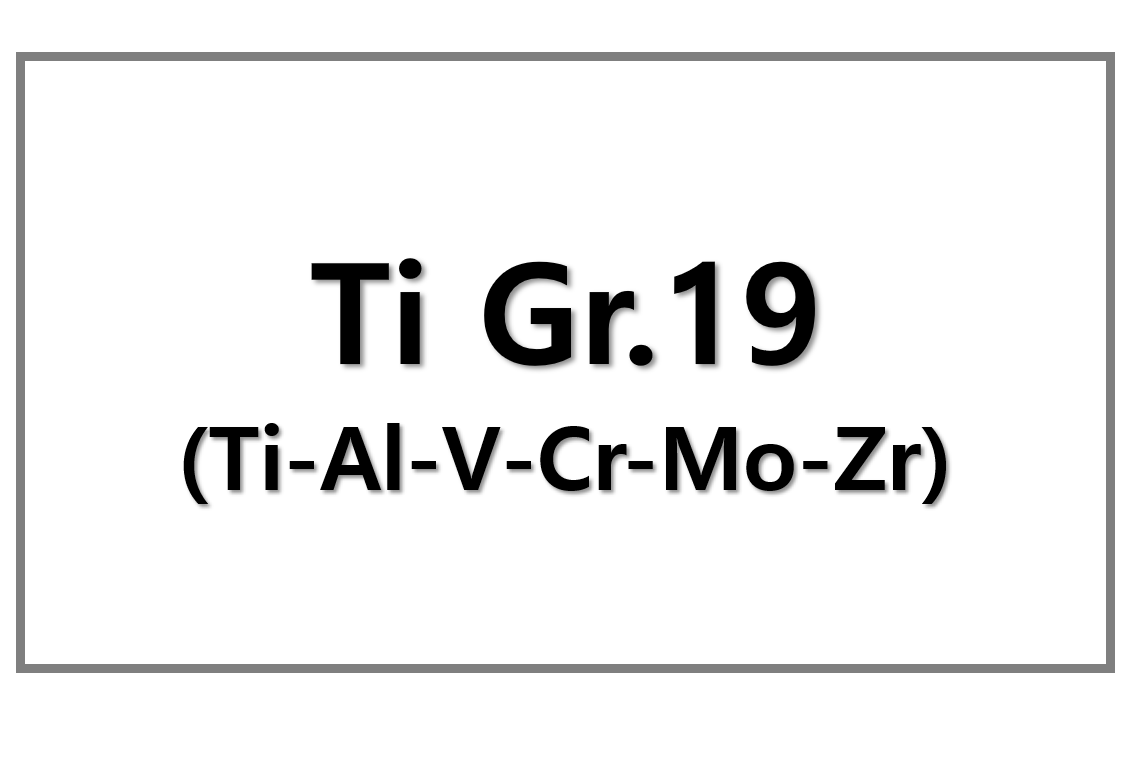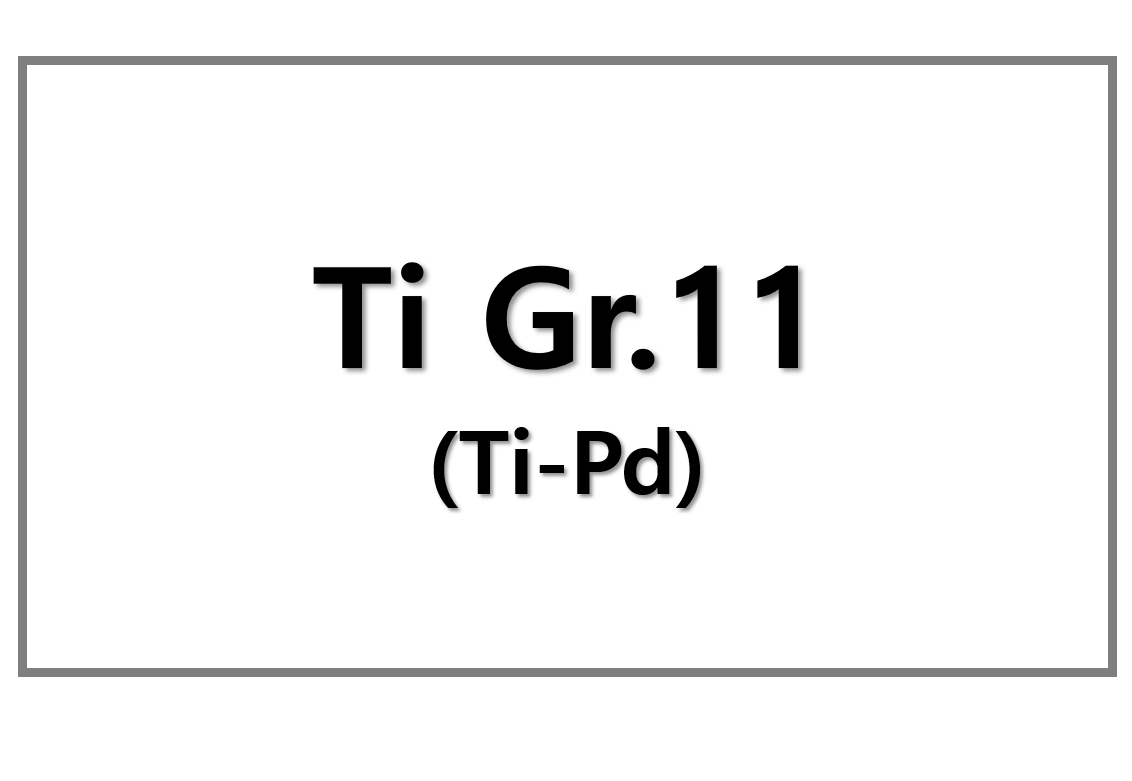
Steel Demand Outlook: Steady in 2025, Growth Expected in 2026
Global steel demand will remain stable at 1.75 billion tons in 2025, matching 2024 levels. However, the World Steel Association (WorldSteel) forecasts a 1.3% increase to 1.773 billion tons in 2026. Alfonso Hidalgo de Calcerrada, WorldSteel’s Economic Committee chair, highlighted government infrastructure spending and easing financial conditions as key growth drivers. Despite trade tensions and geopolitical risks, the global economy shows resilience.
China’s steel demand continues to decline, shrinking by about 2% in 2025 and slowing to 1% in 2026 due to housing market challenges and fiscal limits. Meanwhile, developing countries like India, Vietnam, Egypt, and Saudi Arabia will lead growth with increases of 3.4% in 2025 and 4.7% in 2026. India alone expects a 9% rise over two years.
Regional Dynamics Shaping Steel Demand Growth
Africa’s steel demand has risen steadily, averaging 5.5% growth annually over three years. By 2025, demand will reach around 41 million tons, supported by economic reforms and inflation control. Latin America will see 5.5% growth in 2025, led by Argentina’s recovery and Brazil’s government housing projects. However, regional consumption remains below 2013 levels due to deindustrialization.
Developed markets will experience a 0.5% demand decline in 2025 but expect a 1.5% rebound in 2026. The EU and UK forecast 1.3% growth in 2025 and 3.2% in 2026, driven by infrastructure and defense spending. The US will see 1.8% growth supported by construction and investment stimulus. These trends reflect a broader global shift in steel consumption patterns.
SuperMetalPrice Commentary:
WorldSteel’s forecast highlights a cautiously optimistic steel market outlook. The balancing act between China’s slowing demand and rapid growth in developing regions will reshape supply chains and investment strategies. Infrastructure and defense spending in developed markets underpin recovery prospects. Industry stakeholders should closely monitor evolving trade policies and regional economic reforms to leverage growth opportunities in 2026.











Leave a Reply
You must be logged in to post a comment.